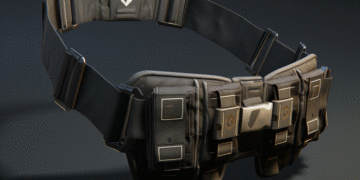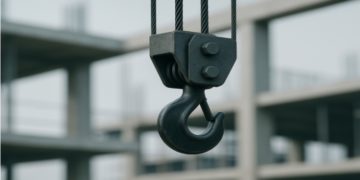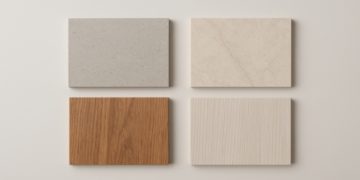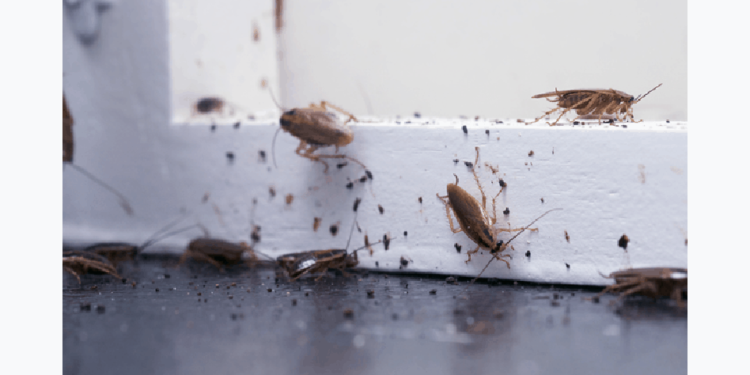You hear a faint scuttling sound at night. Maybe it’s the pipes. Maybe it’s the wind. Or maybe, there’s something alive in your walls.
Most homeowners are on alert for the usual suspects: ants in the kitchen, spiders in the corners, or cockroaches darting around at night. But what about the pests you don’t see? The ones burrowing, nesting, and thriving right inside your walls?
Let’s pull back the drywall (figuratively) and talk about the household pests most people overlook. They’re more common than you’d think, and if left undisturbed, they can cause structural damage, trigger allergies, and even invite more serious infestations.
Rodents (And Not Just the Obvious Kind)
Yes, mice and rats are a known issue. But people often forget just how stealthy they can be. Mice only need a gap the size of a pencil to squeeze into your home. Once inside, they don’t always stick to the pantry. They build nests in insulation, chew through electrical wires, and leave droppings in hard-to-reach places. The scratching you hear at night? That could very well be them dragging food scraps into the walls to build their cozy nests.
What’s worse, rodents can carry fleas and ticks in with them, creating a chain reaction of pest problems that spread from the walls to your pets, your furniture, and your floors. So, if you suspect that you have a rodent issue, it’s vital to get in touch with professionals like Candor Pest Control as soon as possible.
Silverfish: The Silent Shredders
You won’t hear them. You probably won’t even notice them at first. But silverfish are incredibly destructive, especially if you store old papers, books, or fabric items in the attic or basement.
They love moisture and dark spaces, which is why wall voids near bathrooms and kitchens are prime real estate for them. These insects feed on carbohydrates, which include glue, wallpaper paste, and even certain types of paint.
Left unchecked, a silverfish infestation can quietly destroy your stored belongings and even affect your wallpaper or drywall seams.
Carpenter Ants: Not Just Another Bug
Carpenter ants often get lumped in with regular ants, but they’re a different problem entirely. Unlike termites, carpenter ants don’t eat wood; they hollow it out to build nests. That means they can carve tunnels through beams and studs, weakening the very structure of your home while staying out of sight. Often, people only discover them after seeing winged ants emerge from a baseboard or window frame.
If you see sawdust-like material near cracks or crevices, or hear soft rustling from within the walls, there’s a good chance they’ve moved in.
Cluster Flies: The Forgotten Invaders
Unlike houseflies, cluster flies don’t breed in garbage or food. They’re drawn to warmth and shelter, especially as the temperature drops.
In the fall, these flies sneak in through tiny openings in the siding or roof. They find cozy wall cavities to overwinter and remain mostly dormant. Come spring, they try to escape, often ending up buzzing around windows in large, annoying groups.
The tricky part? They leave behind pheromones that attract even more cluster flies the next season. It becomes an ongoing cycle unless the entry points are sealed off properly.
Wasps in the Walls
Most people assume a wasp nest is something you’d only find outside under a roof eave or in a tree. Not always.
Some species build their nests inside wall cavities, especially if there’s easy access through a vent or small crack. Once inside, they construct large papery nests that can go unnoticed until they’re fully developed. And yes, that faint buzzing you hear could be hundreds of wasps coming to life behind your drywall.
The real danger comes when the nest grows and they start finding their way indoors. You don’t want to discover a hole in the wall with angry wasps pouring out.
Booklice: Tiny but Troublesome
Booklice are small, soft-bodied insects that often go unnoticed because they’re mistaken for dust or debris.
Despite the name, they don’t just hang out in books. They thrive in damp areas and feed on mold, fungi, and the microscopic organic matter found on stored goods or wall surfaces. If your walls have even a hint of moisture buildup, they might already be there.
While booklice don’t cause structural damage, their presence is a big red flag that there’s a humidity or ventilation issue. And they can multiply fast.
Insulation Invaders: Carpet Beetles and More
If you’ve got fiberglass insulation in the walls or attic, don’t assume it’s pest-proof.
Carpet beetles and similar fabric pests can settle into insulation, especially if there’s animal debris (like rodent droppings or nests) mixed in. These beetles aren’t just after carpets; they’ll chew through wool, feathers, and stored clothing, and they can travel far from where they first hatched.
If you’ve ever found random holes in sweaters or curtains but couldn’t trace the cause, check the less-visible areas of your home. These pests often start out where you least expect them.
Termites: The Hidden Destroyers
They’re not overlooked because people don’t know about them; it’s because people assume they’d see them.
Most termite damage happens behind walls, completely out of sight. Subterranean termites enter from underground and silently eat away at wood from the inside out. Drywood termites, on the other hand, can live inside the wood structures themselves with no contact with the soil.
By the time you see bubbling paint, sagging floors, or tiny piles of frass (termite droppings), the damage is often advanced.
When the Noise Isn’t Just in Your Head
That tapping in the wall? It might not be your imagination. The hidden areas of your home can become prime habitat for all kinds of pests, even the ones you rarely think about. Regular inspections, sealing up entry points, and watching for signs early on can make a huge difference. The key is awareness. If you’re only looking where you can see, you’re missing half the story.











































































